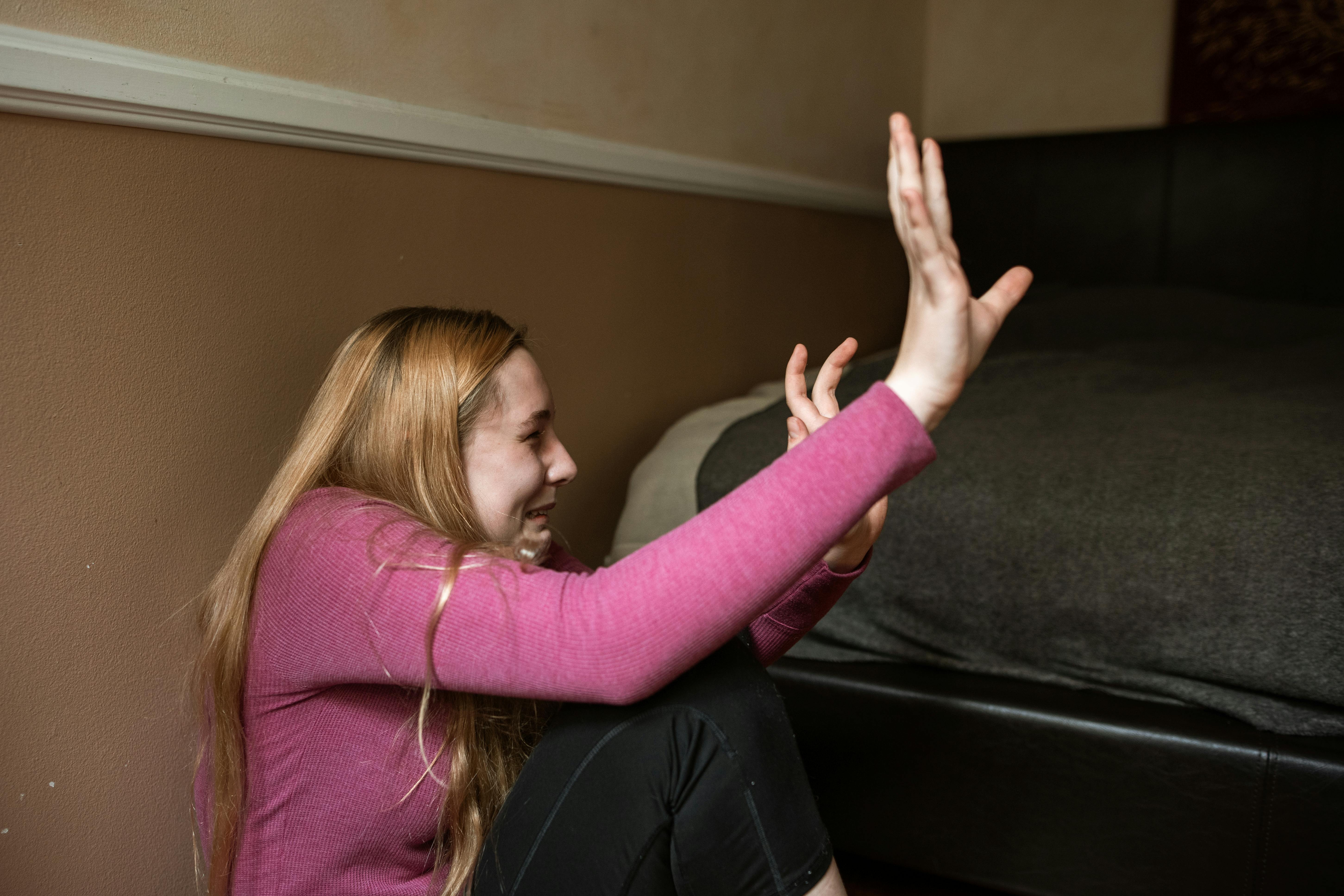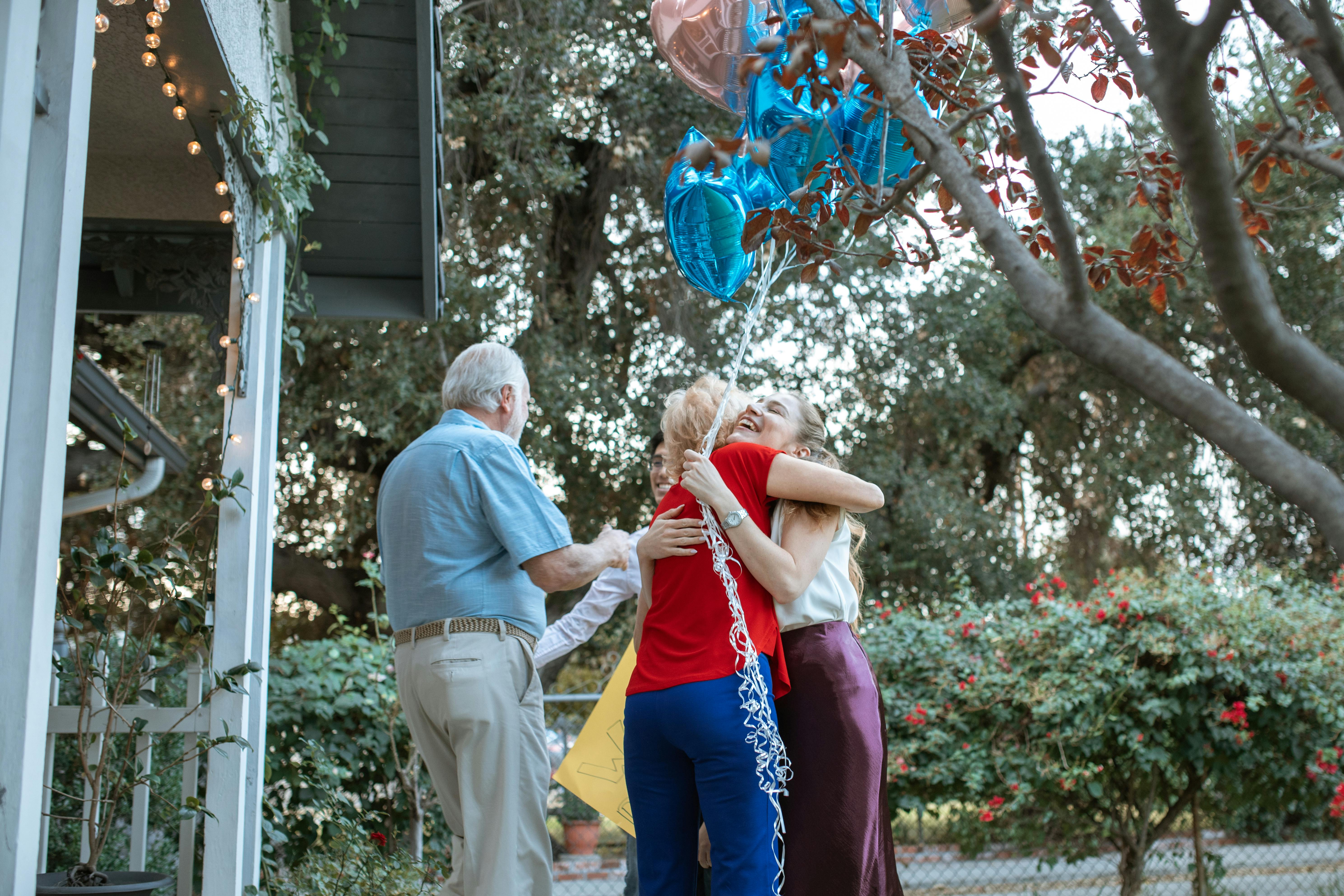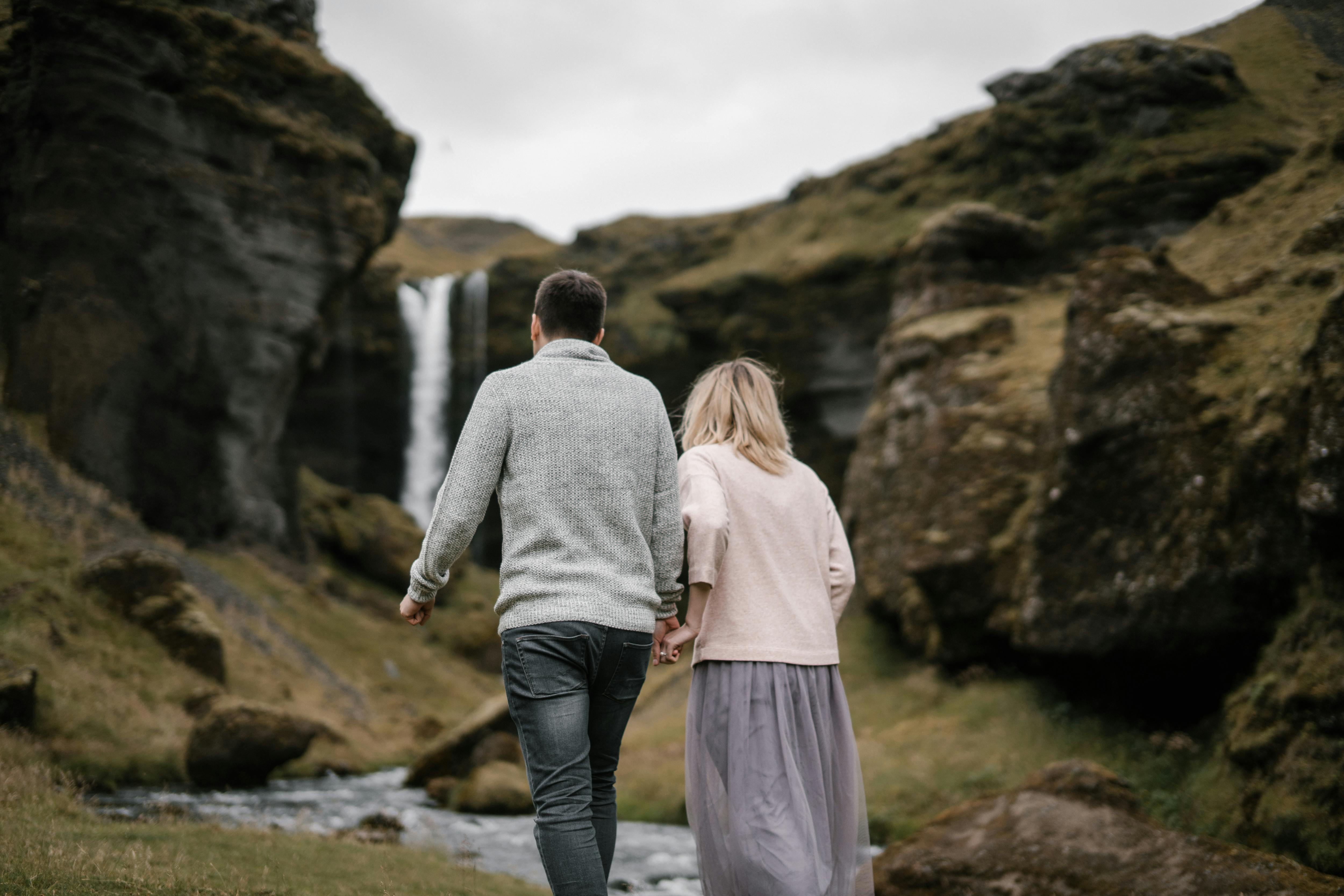The Marathi are native to the state of Maharashtra and their lifestyle is very simple, which is also reflected in their weddings. They follow various rituals in their marriage ceremonies, symbolizing the beauty of their marriage. The Maratha marriage is organized in the morning. Like any other community, the people of Maharashtra also believe in horoscope matching and pay much attention to this aspect. Much attention is paid to the coincidence of stars and planets, as they firmly believe that the future married life of the couple depends on the coincidence of horoscopes.
To mark the engagement ceremony of the boy and girl, both families exchange sugar and the ceremony is known as Sakhar Puda. This ceremony is informal and the next ceremony known as Wang Nischay is the formal engagement ceremony. Here they seek the blessings of the family deities or “kuldevtas” and the ceremony is performed in the homes of both the boy and the girl. After the ceremony, both families meet together with a priest to set the wedding date.
One day before the wedding in a Maratha Marriage, the “Haldi Chadawat” ceremony is observed where mango leaves are applied and dipped in haldi or turmeric paste. This is applied from the feet and gradually up the entire body of both the bride and groom in their respective places. The wedding day begins with the prayer to Lord Ganesha and sweets are also offered. It is the general firm belief of most Indians, that before any auspicious work, one should seek God’s blessings.
This is done before all the rituals and customs of the wedding so that it can take place successfully and without interruption. Since the wedding in the Maratha marriage takes place in the morning, the groom arrives at the wedding venue during the day along with his entourage. The groom’s relatives, his friends, close relatives and all acquaintances accompany the groom. There is a lot of dancing and music going on. To welcome the groom and his family members, a puja known as “seeman puja” is organized. After welcoming them, the father of the bride washes the groom’s feet as a sign of respect for him. The groom is also showered with gifts and blessings for his happy married life ahead of him.
The bride’s parents offer a lavish and sumptuous ceremonial breakfast for the entire family. Simultaneously with breakfast, the bride performs a “Gowrihar Puja”.
The entire ceremony reflects an atmosphere of joy and happiness, enjoyed by both the bride and groom and their families.
The bride is brought to the mandap where the wedding ceremony takes place as soon as the auspicious time for the wedding arrives. While the “antarpat” ceremony is taking place, the bride and groom are forbidden to look at each other. In this ceremony, a partition of silk cloth is placed between the bride and groom. The priest chants various wedding ceremony mantras after he removes his antarpat and the couple look at each other. During this ceremony, guests pour whole rice over the couple as a sign of blessing.
The next ceremony in Maratha marriage is the “kanyadaan” and “saptapadi” in which the father of the bride hands over his daughter to the groom and the couple circles the sacred fire seven times along with the chanting of various mantras on both sides. of the priests. This ceremony is also known as saat phere, which is of great importance in the Hindu religion.
After this ceremony, the wedding ends, followed by a reception where the new couple offers sweets to the guests. The groom’s family eats first and the bride’s family follows. This is one of the unique characteristics of Maratha marriage.
After the reception is over, the bride leaves her father’s house and heads towards her new home. This ceremony is also known as ‘grihapravesha’, where the mother of the groom welcomes the bride, who is her new addition to her family.



